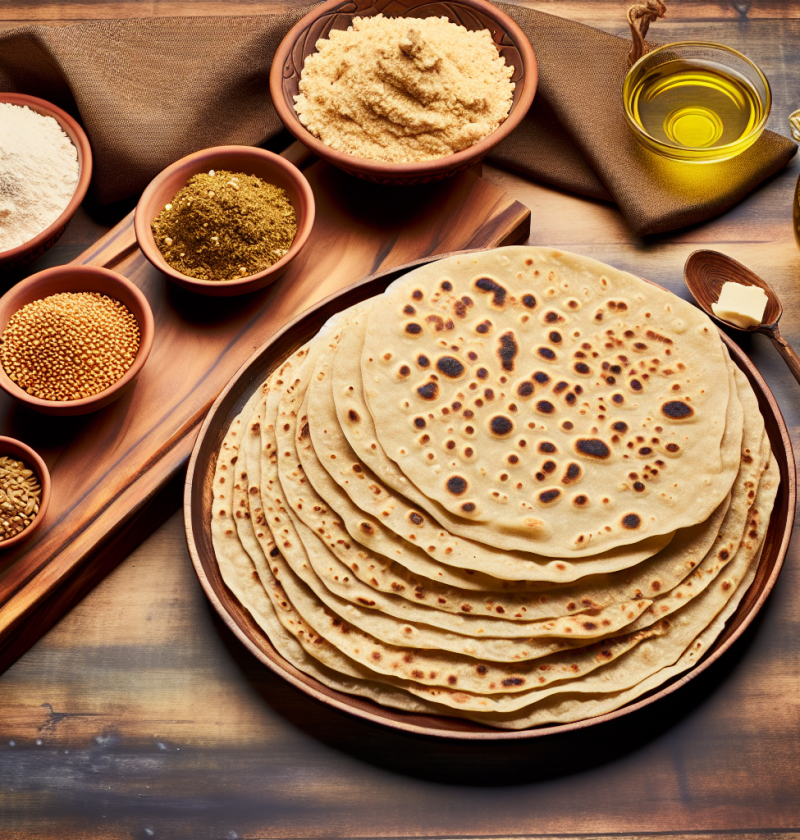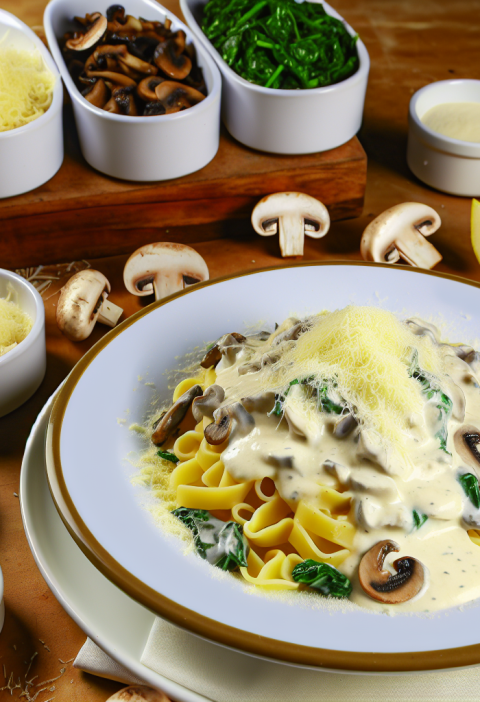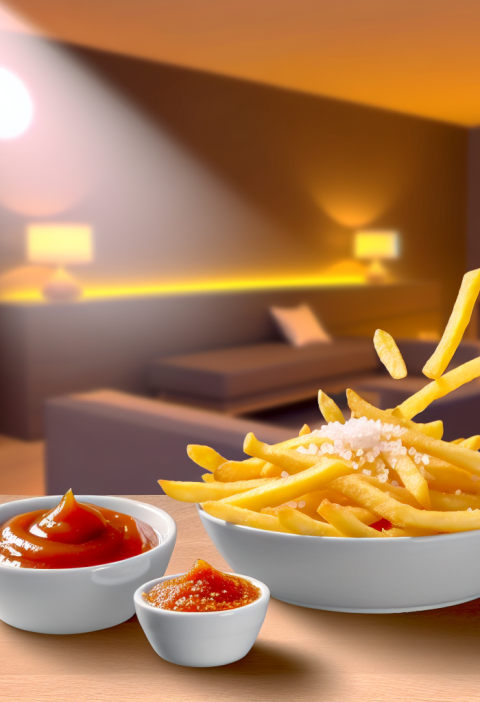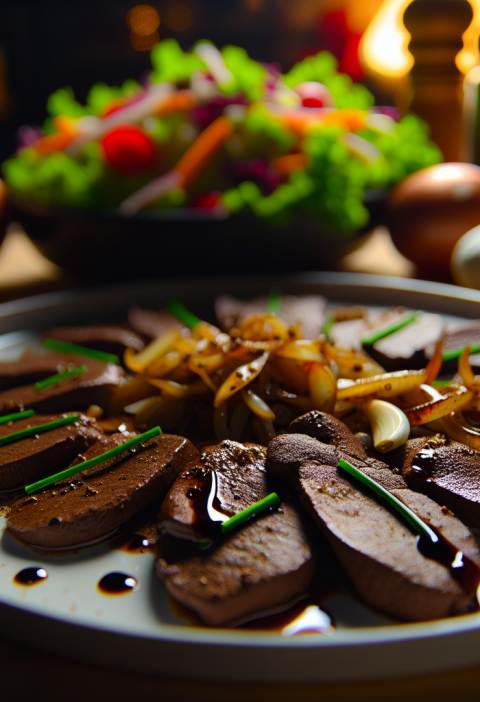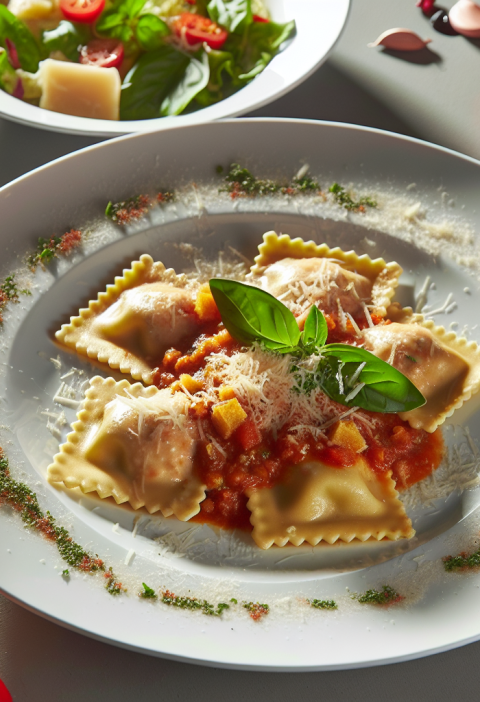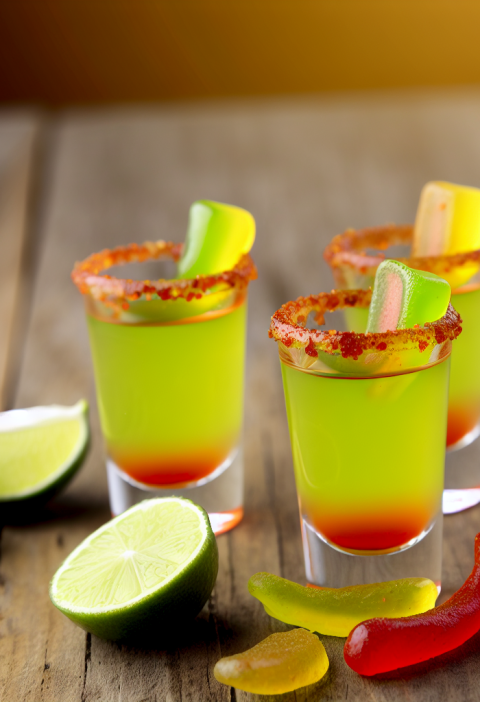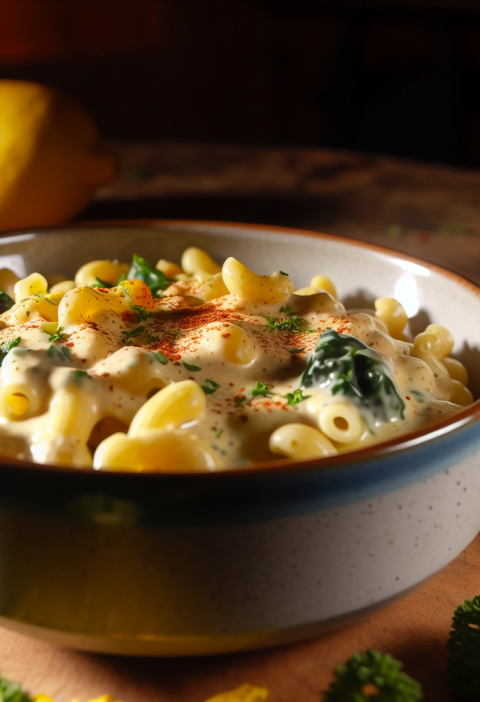“`html
The Ultimate Guide to Perfect Atta Flour Flatbread: A Flavorful Journey
Embark on a Culinary Adventure with Atta Flour Flatbread
The aroma of fresh flatbreads sizzling on the pan is a nostalgic memory etched in our hearts. Our journey with atta flour flatbread begins with the first knead, a tactile and engaging experience. Imagine holding that soft, pliable dough that feels like a promise of mouth-watering delight. Let’s dive into this fulfilling adventure, perfect for cozy family dinners or an exotic addition to your culinary repertoire.
Preparation Time
- Preparation: 15 minutes
- Resting: 20 minutes
- Cooking: 10 minutes
- Total: 45 minutes
Our recipe is suitable for up to four people and is classified as easy in terms of difficulty. This makes it perfect for beginners, or a fun cooking activity for the entire family.
Ingredients
The Necessary Ingredients (Possible in All Kinds of Variations)
- 2 cups of atta flour (whole wheat flour)
- 1/2 teaspoon salt
- 1 tablespoon olive oil or ghee
- 3/4 cup warm water
If you’re looking for alternatives, consider swapping regular flour with gluten-free flour for a celiac-friendly version, or use coconut oil for a vegan twist. You can also add herbs and spices to the dough to spice things up. The versatility is endless.
Steps
The Steps of Preparation (Possible in All Kinds of Variations)
- In a large mixing bowl, combine atta flour and salt.
- Add in olive oil or ghee, mixing it with your fingertips until the mixture resembles coarse meal.
- Gradually add warm water, kneading the mixture into a smooth, elastic dough. This should take about 5-7 minutes.
- Cover the dough with a damp cloth and let it rest for 20 minutes to relax the gluten.
- After resting, divide the dough into 8 equal portions and roll each one into a ball.
- Dust a clean surface with flour and roll each dough ball into a thin circle, approximately 6 inches in diameter.
- Heat a griddle or non-stick pan over medium-high heat.
- Cook each rolled-out flatbread on the hot pan for about 1-2 minutes on each side, or until bubbles form and both sides are golden brown.
- For an added smoky flavor, once bubbles appear, use tongs to hold the flatbread directly over the flame for a few seconds until it puffs up.
- Remove from heat and brush with melted ghee or butter, if desired. Serve warm.
Each of these steps has its own charm, from the mindful kneading to the delightful puffing on the open flame. Every stage is an opportunity to connect with the rich culinary traditions that flatbreads represent.
Nutritional Benefits
The Nutritional Benefits of Atta Flour Flatbread
- High in Dietary Fiber: Atta flour is rich in fiber which helps in digestion and provides a feeling of fullness.
- Low Glycemic Index: Whole wheat flour has a lower glycemic index, making it suitable for managing blood sugar levels.
- Rich in Essential Nutrients: Provides vitamins B1, B3, B5, and folate, along with essential minerals like iron and magnesium.
- Heart Healthy: Olive oil or ghee offer healthy fats that are good for heart health.
- Protein Content: Contributes to daily protein intake essential for muscle repair and growth.
Preparing flatbreads using atta flour not only satisfies your taste buds but also supports a balanced diet rich in essential nutrients.
Possible Additions or Upgrades
- Try incorporating chopped fresh herbs like cilantro or mint into the dough for added flavor.
- Mix in finely grated vegetables, such as carrots or spinach, to give a nutritious boost.
- Add a teaspoon of seeds like flax, chia, or sesame to enhance the nutritional profile.
- Splash a little yogurt into the dough for added tenderness and flavor complexity.
- Experiment with different flours, such as a blend of millet, buckwheat, or spelt, for unique flavors and textures.
Turn your flatbreads into a culinary canvas with these versatile additions and upgrades, adapting each meal to your taste and dietary requirements.
Q&A
Common Questions and Answers
Can I make the dough ahead of time?
Yes, you can prepare the dough 1-2 days in advance and store it in the refrigerator. Just make sure to cover it with plastic wrap or place it in an airtight container.
Can I use whole wheat pastry flour instead of atta flour?
While whole wheat pastry flour can be used, it will result in a slightly different texture. Atta flour gives the flatbread its distinct texture and flavor.
Is it possible to cook the flatbreads in an oven?
Yes, preheat your oven to 500°F (260°C) and place the rolled dough on a baking stone or sheet. Cook for about 3-5 minutes until bubbles form and the edges are golden brown.
Can I make this recipe gluten-free?
Absolutely! Replace the atta flour with a gluten-free flour blend. You might need to adjust the water quantity to achieve the right dough consistency.
What toppings go well with these flatbreads?
Flatbreads pair wonderfully with a variety of dips and toppings like hummus, tzatziki, spiced vegetable curries, or even a simple smear of butter.
Can I freeze the flatbreads?
Yes, cooked flatbreads can be frozen. Once cooled, stack them with pieces of parchment paper in between, place them in a zip-lock bag, and freeze for up to 3 months. Reheat on a pan or in an oven before serving.
What’s the best way to reheat flatbreads?
For the best taste and texture, reheat flatbreads in a hot skillet for 1-2 minutes on each side. They can also be microwaved wrapped in a damp paper towel for 20-30 seconds.
Can I use flavored oils or infused ghee?
Yes, flavored oils or infused ghee can add an extra layer of flavor to your flatbreads. Try garlic-infused olive oil or spiced ghee for a unique taste twist.
Are there any vegan variations to this recipe?
Yes, simply replace ghee with olive oil or coconut oil to keep it vegan. Ensure any added ingredients like yogurt or milk are also plant-based alternatives.
How can I make thicker, more pillowy flatbreads?
Roll the dough balls to a slightly thicker size (around 1/4 inch) before cooking. Ensure your pan is hot to allow the flatbreads to puff up nicely.
From my family to yours, I hope you find as much joy in making and eating these flatbreads as we do. Feel the connection to your food and the tradition behind every bite. Share this recipe with your friends and family on social media, and spread the love of homemade flatbreads!
“`

